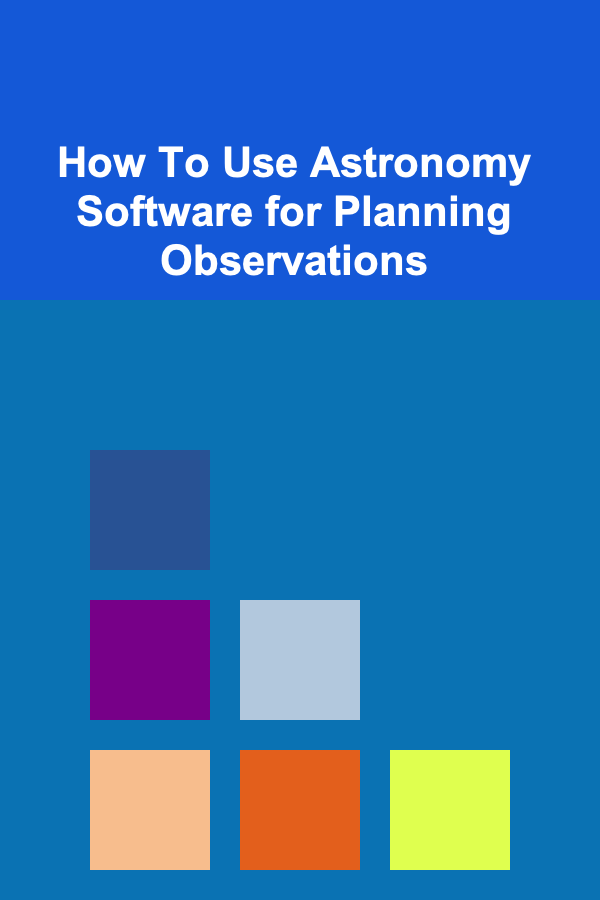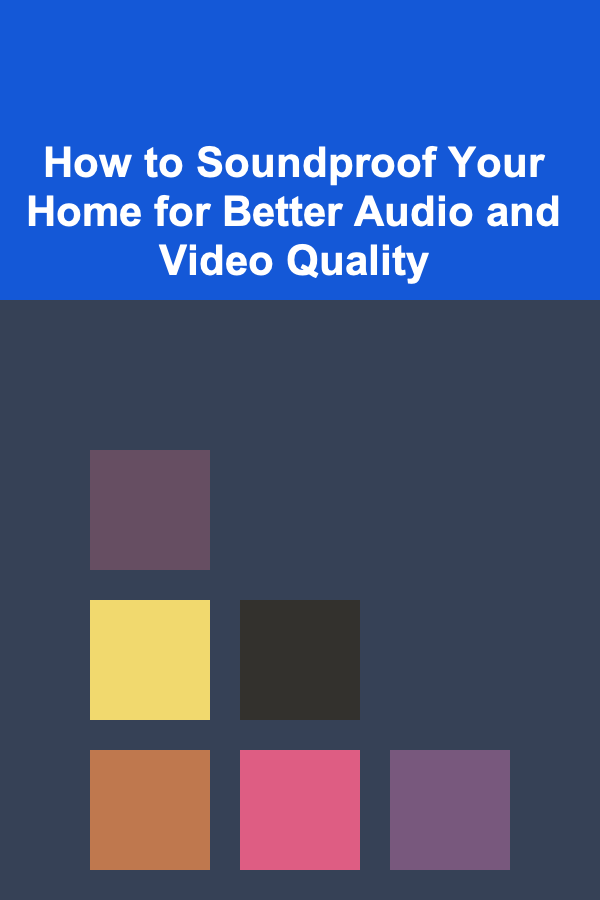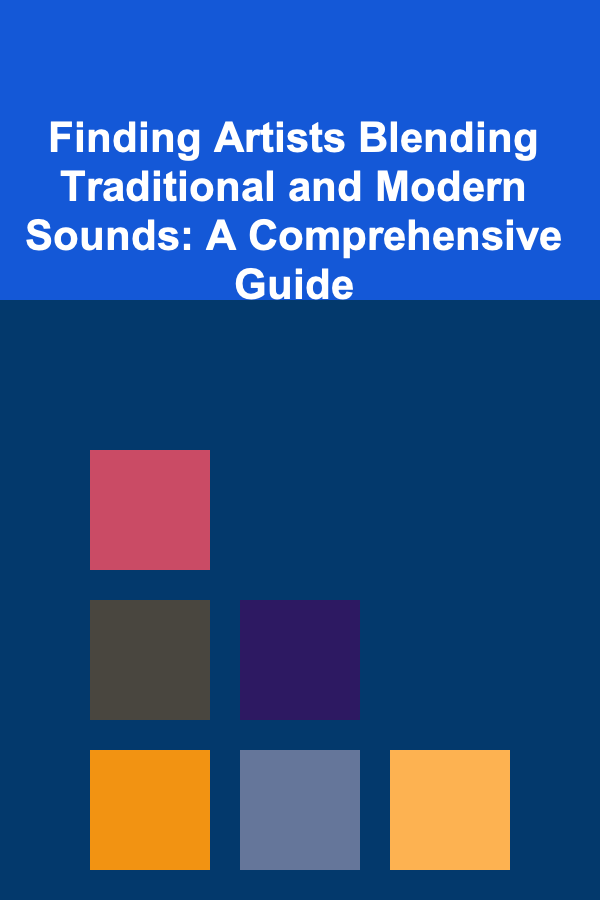
How To Use Astronomy Software for Planning Observations
ebook include PDF & Audio bundle (Micro Guide)
$12.99$11.99
Limited Time Offer! Order within the next:

Astronomy is an ancient science that has captivated humanity for millennia. From the earliest stargazers to modern scientists and hobbyists, the fascination with celestial objects has led to the development of intricate methods for observing the cosmos. One of the most significant advancements in this field is the development of astronomy software, which has revolutionized how we plan, execute, and analyze observations of the night sky.
In this article, we will explore how to effectively use astronomy software for planning observations. We will discuss the different types of astronomy software available, the specific tools and features you should look for, and how to incorporate these tools into your observing sessions. Whether you are a professional astronomer or an amateur enthusiast, the ability to plan your observations efficiently can enhance your stargazing experience and provide you with valuable insights into the celestial wonders that surround us.
The Importance of Planning Observations
Before diving into the specifics of astronomy software, it is essential to understand why planning observations is so important. Observing the night sky is not just about pointing a telescope at random objects. A successful observation requires a combination of factors, including:
- Timing: Certain celestial objects are only visible at specific times of the year, and even more so at particular times during the night. The best time to observe an object may vary depending on its position in the sky, phase, and other factors like atmospheric conditions.
- Location: The location from which you observe has a significant impact on what you can see. Urban light pollution can wash out fainter objects, so astronomers often seek dark sky locations far from city lights.
- Weather Conditions: Clear skies, minimal atmospheric turbulence, and dry air are ideal for observing. Using astronomy software, you can predict weather conditions and make adjustments to your plans accordingly.
- Equipment: The type of telescope, binoculars, or other instruments you use will influence what you can observe. Certain software tools help you align your equipment and understand its limitations.
Astronomy software provides a comprehensive approach to all these factors, helping you plan your observation sessions more effectively.
Types of Astronomy Software
Astronomy software can be broadly categorized into several types based on their functionalities. Understanding the different categories will help you choose the right software for your needs.
1. Planetarium Software
Planetarium software simulates the night sky, allowing you to view celestial objects from any location on Earth, at any time, and in any direction. This software provides a digital representation of the sky, showing planets, stars, galaxies, nebulae, and other astronomical objects.
Popular planetarium software includes:
- Stellarium: An open-source software that simulates the sky in real-time. Stellarium provides high-quality graphics and allows users to explore stars, planets, and deep sky objects with incredible accuracy.
- SkySafari: Available for both mobile and desktop platforms, SkySafari is a versatile planetarium app used by amateur astronomers worldwide. It provides detailed information on celestial objects and allows you to plan observations.
- Starry Night: A powerful tool for astronomers that offers detailed sky maps, object catalogs, and observation planning tools.
These tools are invaluable for planning observations, as they help you visualize the night sky before heading out, saving you time and effort when searching for objects.
2. Observation Planning Software
Observation planning software goes beyond simple sky simulations and provides specific tools to help you prepare for your observation sessions. These tools may include:
- Visibility Predictions: Predict when celestial objects will be visible from your location.
- Equipment Configuration: Optimize your telescope or binocular settings for various objects.
- Observation Logs: Keep a record of your observations, including details like time, object, and conditions.
Some popular observation planning software includes:
- SkyTools: An advanced software suite that allows users to plan observations based on specific criteria, such as telescope type and object visibility.
- Telescope Control Software : Software such as TheSkyX or EQMOD that helps control your telescope's movement and tracking during observations. Some telescope control software also integrates with planetarium programs for seamless coordination.
3. Astrophotography Software
Astrophotography is the practice of capturing long-exposure images of celestial objects. For astrophotographers, specific software is necessary for planning and capturing photos of the night sky. This software can help with:
- Long-Exposure Timings: Calculating the optimal exposure times for various objects.
- Image Stacking: Combining multiple images to reduce noise and improve detail.
- Tracking and Alignment: Ensuring your camera or telescope is properly aligned to track objects across the sky.
Popular astrophotography software includes:
- DeepSkyStacker: A free tool for image stacking and processing.
- AstroPixel Processor: A powerful software designed for calibrating, stacking, and processing astrophotography images.
- Sequence Generator Pro: A tool that helps automate astrophotography sessions, including object tracking and exposure control.
4. Weather Prediction Software
Weather is a crucial factor in astronomy, as cloud cover, wind, and atmospheric turbulence can severely affect your ability to observe celestial objects. Several software tools provide weather predictions specifically tailored for astronomy, helping you determine the best nights for observing.
Some popular weather prediction tools for astronomers include:
- Clear Outside: A weather forecasting tool specifically designed for stargazers. It provides information on cloud cover, visibility, and moon phase predictions.
- Weather Radar Apps : Apps like MyRadar and AccuWeather can provide up-to-the-minute weather data, which is essential for last-minute adjustments to your observation plans.
These weather prediction tools can help you determine if the conditions will be favorable for your planned observations, ensuring that you don't waste time on cloudy or stormy nights.
Key Features to Look for in Astronomy Software
When choosing astronomy software for observation planning, several key features can enhance your experience. These features are designed to simplify the planning process and provide you with more accurate, actionable information.
1. Location-Based Observations
Most astronomy software allows you to input your location to provide accurate sky simulations and visibility predictions. The location is crucial because the night sky changes depending on where you are on Earth. The software should offer the ability to:
- Set your geographical location (latitude and longitude).
- Adjust for different viewing times based on your location's time zone and daylight saving time.
- Consider atmospheric effects specific to your region.
2. Object Search and Information
Astronomy software should provide comprehensive information about celestial objects, including stars, planets, galaxies, nebulae, and more. Features to look for include:
- Search Functionality: The ability to search for objects by name, catalog number, or coordinates.
- Detailed Object Information: The software should display key details about each object, such as distance, brightness, size, and type.
- Observation Conditions: Information about when an object is best observed, its altitude above the horizon, and visibility from your location.
3. Telescope Integration
Many astronomy software packages offer integration with telescopes. This allows you to control your telescope's movements directly from the software, automating the process of locating and tracking objects. Look for software that is compatible with your specific telescope model and offers:
- Telescope Control: The ability to guide your telescope to specific coordinates.
- Tracking: Ensuring that the telescope follows the movement of objects across the sky.
- Calibration: Aligning the telescope with the software to ensure accurate pointing.
4. Weather Forecasting Tools
As mentioned, weather conditions play a significant role in the success of an observation session. Good astronomy software should include or integrate with weather forecasting tools, allowing you to:
- Check cloud cover predictions.
- Forecast seeing conditions (atmospheric stability).
- Look at lunar phases and their impact on deep-sky observing.
5. User Interface and Customization
The user interface should be intuitive and customizable to suit your preferences. Some users prefer a clean, minimalist design, while others may want more detailed information and options. Customization options include:
- Sky Chart Layout: The ability to adjust how the sky map is displayed.
- Color Schemes: Offering different modes for night-time viewing to reduce eye strain.
- Personalized Observing List: Create a list of favorite objects to observe and track them easily.
How to Plan Observations Using Astronomy Software
Now that you understand the types of astronomy software and the key features to look for, let's dive into the process of planning an observation session using software tools.
1. Choose Your Observation Targets
The first step is to select which celestial objects you want to observe. Whether it's the planets in our solar system, a distant galaxy, or a star cluster, you can use the object search function in your software to find objects of interest.
- Planets and Moons: If you want to observe planets or their moons, check when they will be visible in the sky and at what time they will reach their highest point above the horizon.
- Deep-Sky Objects: For deep-sky observations, pay attention to the visibility and brightness of the object. Software like SkyTools can help you assess whether an object will be visible from your location based on its current position.
2. Check the Weather
Before finalizing your plans, check the weather forecast using integrated weather tools. The software should provide you with details about the cloud cover, seeing conditions, and any other factors that could affect visibility.
- Cloud Cover: If the skies are expected to be overcast, consider rescheduling or selecting a more visible target.
- Seeing and Transparency: If the forecast predicts poor seeing conditions, it may not be the best night for deep-sky observations. Instead, you might want to focus on brighter objects, such as planets.
3. Optimize Your Equipment Settings
Once you've selected your targets, it's time to optimize your telescope settings. Astronomy software can help you configure your telescope for specific objects based on your equipment's capabilities.
- Field of View: Determine the best eyepiece or camera configuration for the target you want to observe.
- Focusing and Calibration: Some software can guide you through the process of calibrating your telescope, ensuring that you achieve the sharpest image possible.
4. Schedule Your Observation
Use the observation planning tools to schedule your observation session. Set reminders for the best times to observe each target based on its position in the sky. Additionally, keep track of the time of sunset, moonrise, and other important timings that might affect your observation.
5. Log Your Observations
As you observe, take advantage of the logging features in your software to record your observations. Not only does this help you track what you've seen, but it also provides valuable data for future reference.
- Record Observations: Include details such as object type, position, weather conditions, and any interesting features you noticed.
- Image and Video Captures: If you're an astrophotographer, include your captured images and any relevant data regarding exposure times and settings.
Conclusion
Astronomy software has transformed the way we plan and conduct observations of the night sky. With a variety of tools available---from planetarium software to specialized astrophotography programs---amateur and professional astronomers alike can gain a better understanding of the night sky. By utilizing the features of these software programs, you can ensure that your observations are well-planned, your equipment is properly set up, and your time is spent enjoying the beauty of the cosmos. Whether you're a casual stargazer or a seasoned astrophotographer, astronomy software is an indispensable tool for enhancing your observations.

How to Organize Your Family Room for Movie Nights
Read More
How to Soundproof Your Home for Better Audio and Video Quality
Read More
How to Use Voice Search for Local Marketing
Read More
Finding Artists Blending Traditional and Modern Sounds: A Comprehensive Guide
Read More
How to Tackle Your Financial To-Do List When Overwhelmed
Read More
10 Tips for a Self-Care To-Do List That Actually Gets Done
Read MoreOther Products

How to Organize Your Family Room for Movie Nights
Read More
How to Soundproof Your Home for Better Audio and Video Quality
Read More
How to Use Voice Search for Local Marketing
Read More
Finding Artists Blending Traditional and Modern Sounds: A Comprehensive Guide
Read More
How to Tackle Your Financial To-Do List When Overwhelmed
Read More